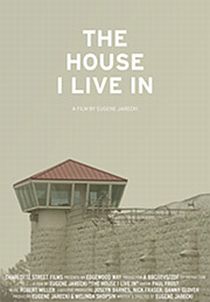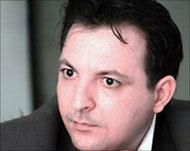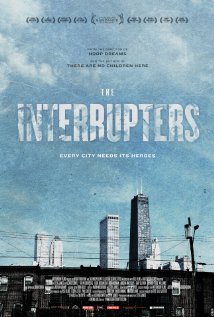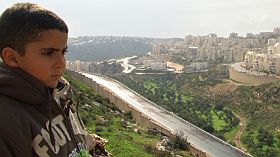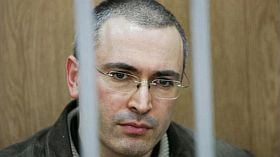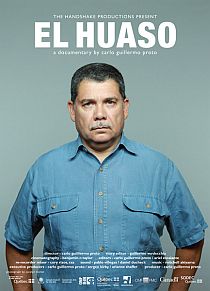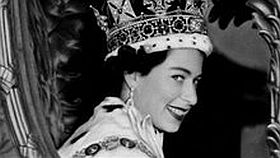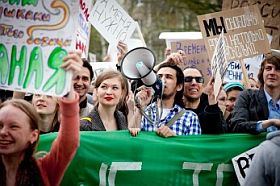


Tempo Dokumentärfestival Stockholm
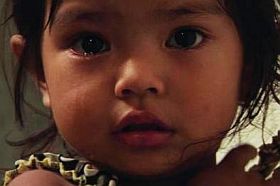
It is a good programme that the organisers of the Swedish documentary film festival has put together for ”a six-day-long documentary party” in Stockholm March 6-11.
New Swedish documentaries in competition, among them Fredrik Gertten’s ”Big Boys Gone Bananas” and Michel Wenzer’s ”At Night I Fly”, which recently got the national award Guldbaggan as best documentary. A retrospective and masterclass with Nick Broomfield and Joan Churchill. Music documentaies. A selection by local alternative orgnisation Filmcentrum.
AND, very interesting, a new award that carries the name of local icon Stefan Jarl. Six films compete for the ”Stefan Jarl International Documentary Award”: The magnificent ”5 Broken Cameras” by Emad Burnat & Guy Davidi, a film that deservedly travels all over with its both alarming and touching story from the occupied territories in apartheid Israel. ”Bombay Beach” by Alma Har’el, ”Inside Lara Roxx” by Mia Donovan, fascinating ”Phnom Penh Lullaby” by Polish Pawel Kluc, impressive ”Cinema Komunisto” by Mila Turajlic and Idfa winner 2011 ”Planet of Snail” by South Korean Seungjun Yi. Happy that I am not a juror with such a line-up of strong films!
